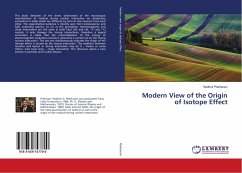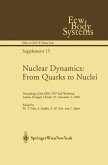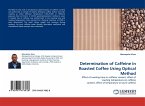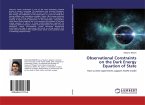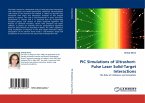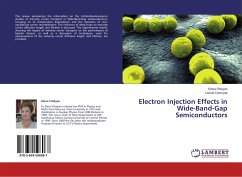Since 1960's there has been increasing evidence that the particles like proton, neutron or pion are not elementary but composed of more fundamental quantities quarks. Specifically, protons and neutrons are composed of three quarks and pions are a pair of quark and antiquark. In early 1970's, the field theory of quarks and gluons the Quantum Chromodynamics (QCD) was proposed which could give theoretical basis for several high energy experiments at SLAC and MIT, USA. However, the theory also predicts the existence of particles like pentaquarks (composed of four quarks and one antiquark) and glueballs (consisting solely of gluons) not predicted by the naïve Quark Model. This book therefore, provides an outline of the recent theoretical and experimental developments in the field of these two classes of exotic particles.

